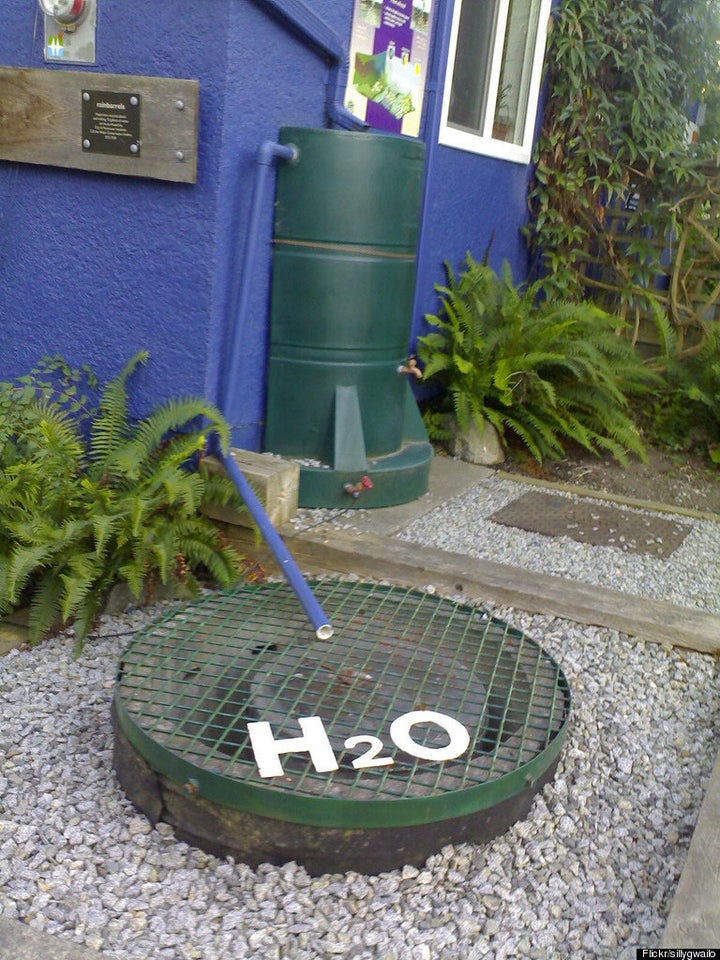
From Associated Content, by Amy Whittle:
Rain gardens go a long way toward preventing erosion and replenishing the water supply. With a little planning and the proper plants, you can have a spectacular rain garden.
Rain gardens collect rainwater runoff to protect against erosion and help replenish the water supply. To the naked eye, they look like any other type of garden, and often feature a large range of shrubs, trees and plants.
Picking a Site
The best place for a rain garden is in a natural depression on your property. According to the U.S. Environmental Protection Agency, there should be at least a 1-percent slope away from the areas you intend to collect runoff, and toward the rain garden. Also take care not to locate a rain garden over a septic tank or within 10 feet of a house with a basement.
Before building your rain garden, do a basic test to ensure that the area has proper drainage. Dig a hole 6 inches deep in the area where you would like to have your rain garden. Fill the hole with water and check to see how long it takes to drain. Ideally, the hole should drain in around six hours. If the hole requires longer than 24 hours to drain, it is unsuitable for a rain garden.
To calculate an appropriate size for the rain garden, figure out what surfaces, such as your roof or driveway, will be contributing runoff to the rain garden. Add the square footage of all of these areas together and divide by six. The result will yield the square footage that your rain garden should cover.
Building the Rain Garden
To construct the rain garden, dig a hole that is 6 inches deep and covers an appropriate area. The footprint of a rain garden does not affect its function, so choose any shape that covers the existing landscape. The bottom of the rain garden should be flat; any excess dirt should be used to build up the slope toward the rain garden.
Once the depression is dug, planting can begin. Try to choose plants, shrubs and trees that are native to the area and can withstand both wet and dry conditions. Design a planting plan for your garden before you start adding plants; the most successful rain gardens will have a wide variety of plants of different scales. Consider using plants that flower or reach maturity at varying times during the year to ensure the rain garden remains attractive for all seasons.
Rain Garden Maintenance
Rain gardens require the same amount of maintenance as any other garden. The plants should be watered until they are established; regular weeding is also important. To minimize water loss due to evaporation, as well as the time spent weeding, mulch can be used. Choose hardwood shavings, not bark, to prevent your mulch from floating during wet weather.
Sources:
"Rain Gardens" - Environmental Protection Agency
"Rain Gardens" - University of Connecticut